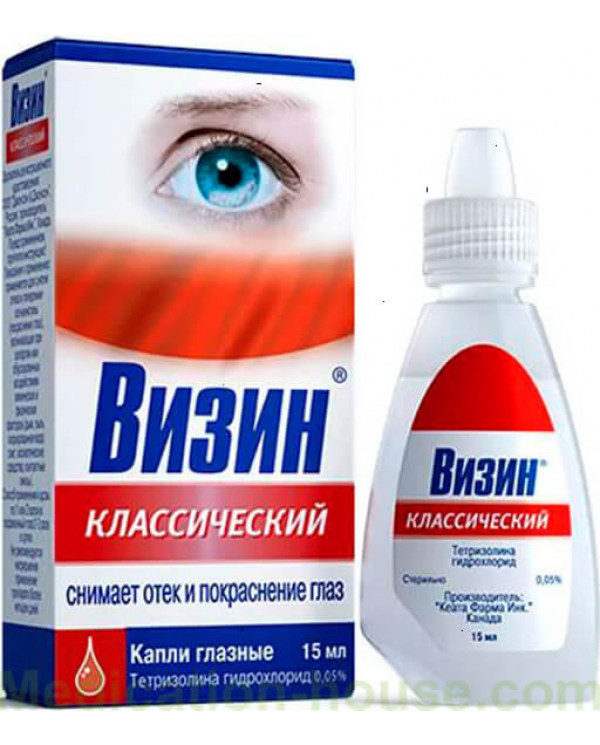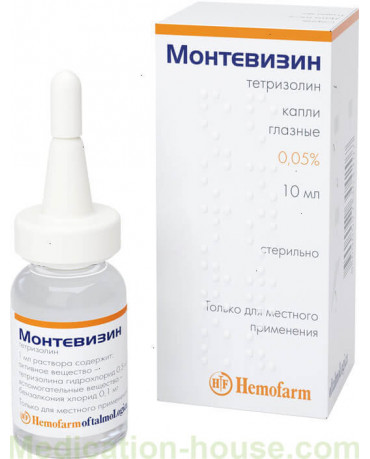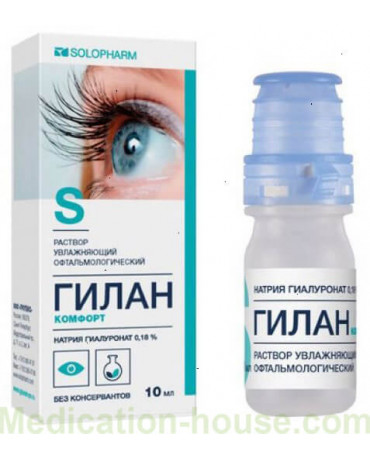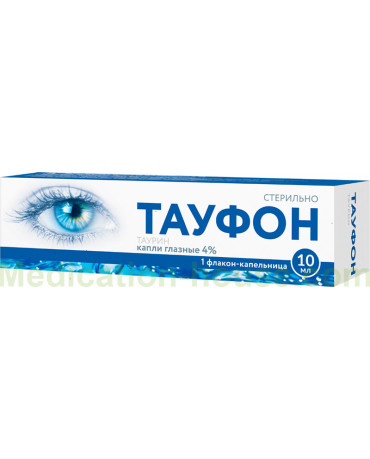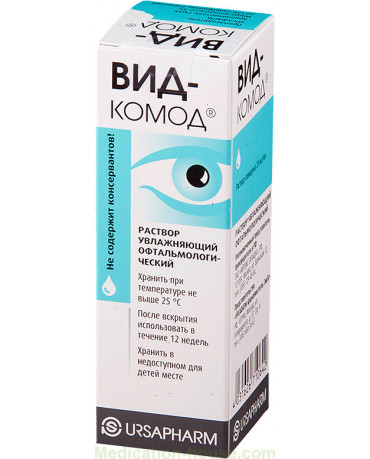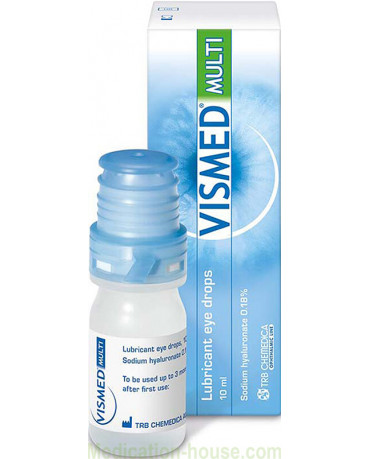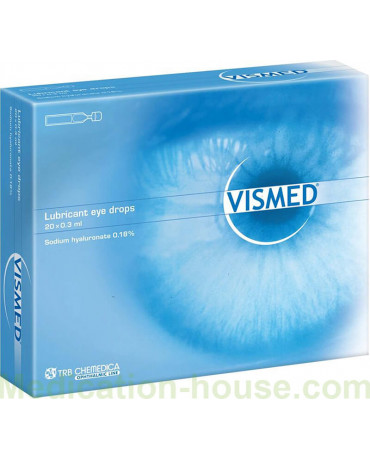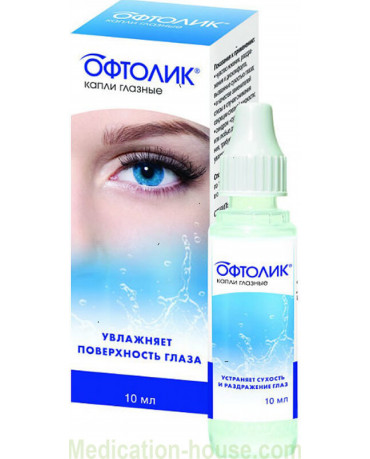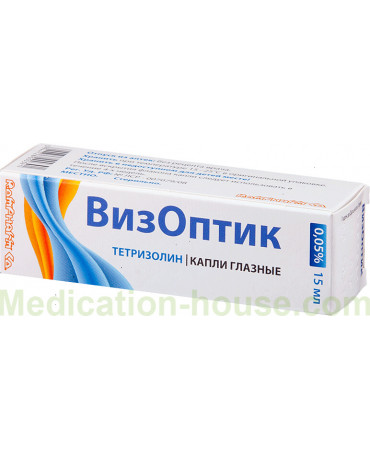Instruction for Visine
You can buy Visine here
Visine is a vasoconstrictor drug used in ophthalmology.
Release form and composition
Dosage form - eye drops 0.05% colorless transparent (15 ml in a plastic bottle with a drip device, 1 bottle in a cardboard box).
The active ingredient is tetrizoline hydrochloride, its content in 1 ml drops of 0.5 mg.
Excipients: sodium chloride, boric acid, benzalkonium chloride, disodium edetate, sodium tetraborate, purified water.
Pharmacodynamics
Tetrizoline has a sympathomimetic effect, consisting in stimulating the alpha-adrenergic receptors of the sympathetic nervous system. In this case, the drug does not affect or weakly affects the beta-adrenergic receptors. Tetrizoline, being a sympathomimetic amine, produces a vasoconstrictor effect, reduces tissue edema. The action of the drug begins 1 minute after instillation and continues for 4-8 hours.
Pharmacokinetics
In the case of topical application, the drug is practically not absorbed. The pharmacokinetic effect of drops has not been studied in detail.
Indications for use
The use of Visine is indicated for the treatment of conjunctival hyperemia and removal of eye edema caused by allergies or as a result of exposure to cosmetics, dust, light, smoke, chlorinated water, contact lenses.
Contraindications
History of angle-closure glaucoma;
Children under 2 years old;
Hypersensitivity to drug components.
With caution, Visine is prescribed to patients with severe pathologies of the cardiovascular system (arterial hypertension, ischemic heart disease).
Caution is also advised while taking monoamine oxidase inhibitors and other drugs that increase blood pressure.
Instructions for the use of Visine: method and dosage
Visine is instilled into the conjunctival sac of the affected eye 1-2 drops 2-3 times a day.
The recommended period of continuous treatment is no more than 4 days.
Side effects
The use of drops can cause the following side effects: redness of the eyes, burning sensation, irritation of the conjunctiva, blurred vision, sometimes - dilated pupil. If these symptoms appear, you should consult a doctor.
Overdose
When used in accordance with the instructions, the risk of overdose is minimal. If the drug accidentally gets into the gastrointestinal tract, the following symptoms may develop: nausea, dilated pupil, fever, cyanosis, convulsions, arrhythmia, tachycardia, increased blood pressure, cardiac arrest, respiratory dysfunction, pulmonary edema, dysfunction of the central nervous system, coma ...
The likelihood of overdose symptoms due to absorption of the drug is high in newborns and young children (especially if swallowed).
In case of overdose, gastric lavage, activated charcoal, oxygen inhalation, anticonvulsants and antipyretics are prescribed. In order to lower blood pressure, 5 mg of phentolamine is slowly injected intravenously in saline or phentolamine is taken orally at a dose of 100 mg. The use of vasopressors in patients with low blood pressure is contraindicated.
The antidote is unknown.
If symptoms of tetrisolin overdose appear, you should immediately seek medical help.
Special instructions
It is advisable to use the drug only in case of mild eye irritation.
It is contraindicated to use Visine if eye irritation is associated with serious diseases: infection, damage to the cornea by a foreign body or chemical.
It is necessary to stop using drops and consult a doctor if:
After 2 days of use, there are no signs of relief;
The condition is aggravated by the appearance of severe pain in the head or eyes, loss of vision, redness of the eyes, double vision or pain on exposure to light, or moving spots in front of the eyes.
Patients who wear soft contact lenses should remove them before each instillation and install 15 minutes after the procedure.
The decision to use the drug during pregnancy and breastfeeding is made by the attending physician individually, comparing the intended benefit to the mother with the potential risk to the fetus or child.
Do not touch the tip of the drip device to any surfaces.
During the treatment period, it is recommended to refrain from driving.
Application during pregnancy and lactation
Taking into account the risk of developing general reactions during pregnancy and lactation, it is allowed to use Visine only if the intended benefit from its use for the mother outweighs the possible risk to the fetus / child.
Pediatric use
According to the instructions, Visine is forbidden to be used to treat patients under the age of 2 years. In children 2-6 years old, the drug should be used with caution.
Drug interactions
The drug interaction of Visine with other drugs has not been studied.
Terms and conditions of storage
Store at temperatures up to 30 ° C. Keep out of the reach of children.
The shelf life is 3 years.
After opening the bottle, the drug should be used within 1 month.
Reviews
Reviews about Visine indicate its effectiveness in the treatment of allergic conjunctivitis and situational use (elimination of redness of the eyes from chlorinated water or swelling of the eyelids). At the same time, many users also point to the development of side effects that occur when the instructions for use are violated (the drug is used too often or is used to combat eye fatigue when working at a computer).
Some reviews contain information that, due to the vasoconstrictor effect, Visine can be used to mask acne.
Terms of sell
You can buy Visine without a prescription.

